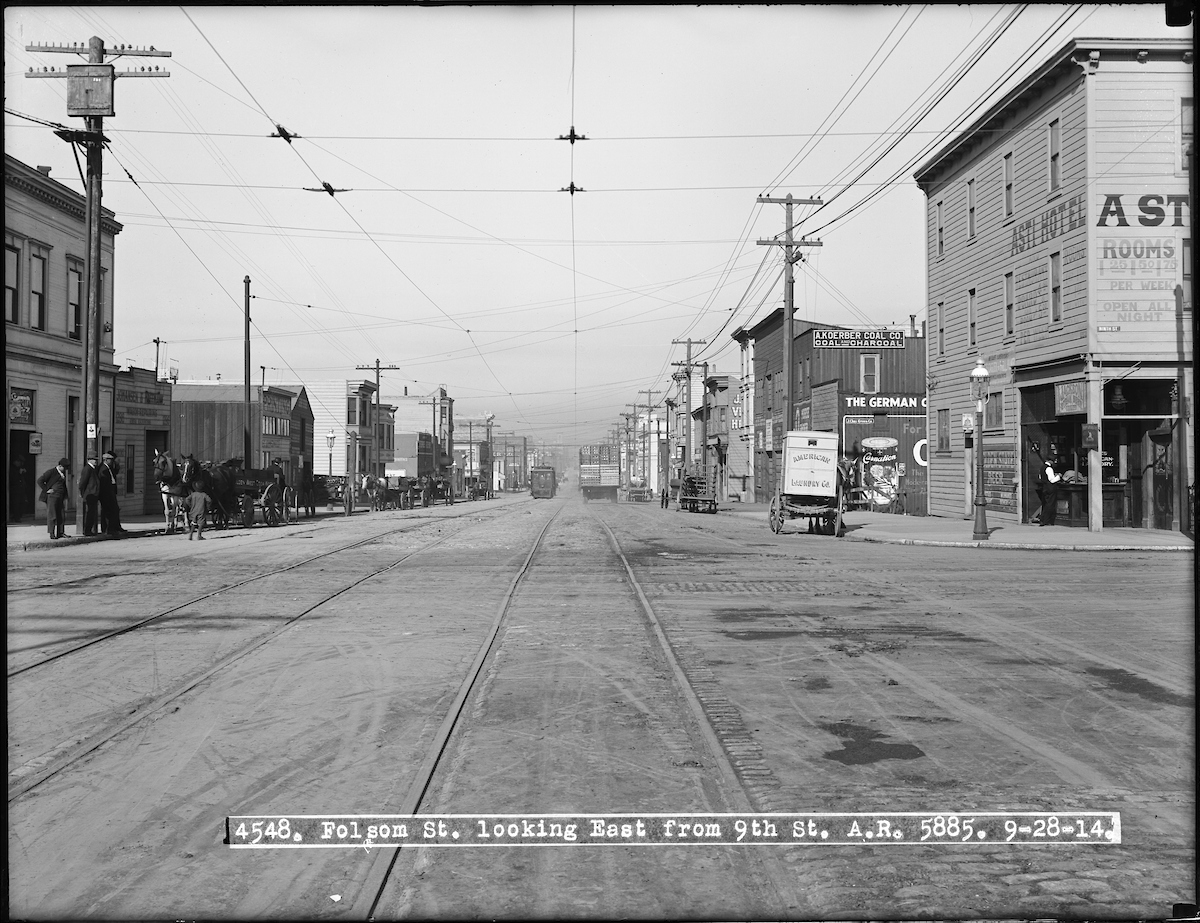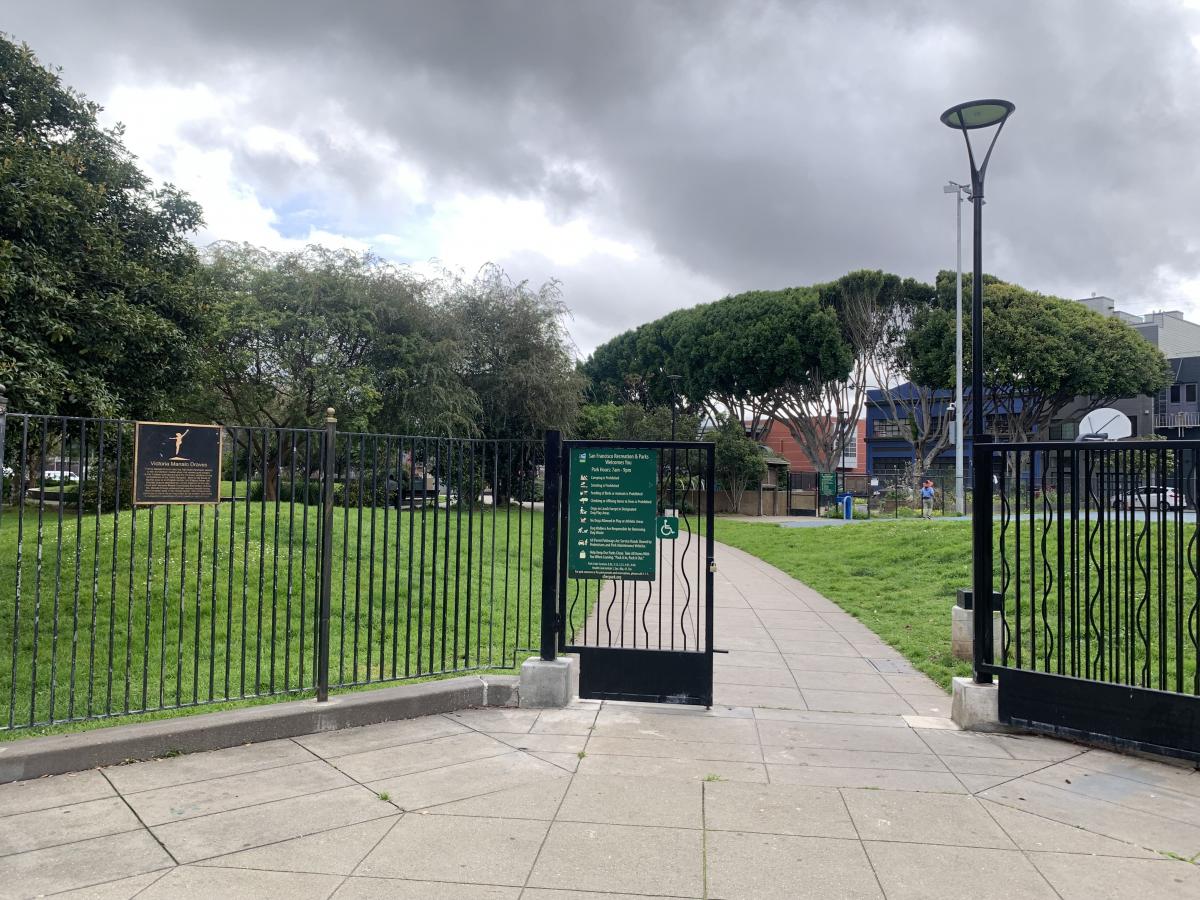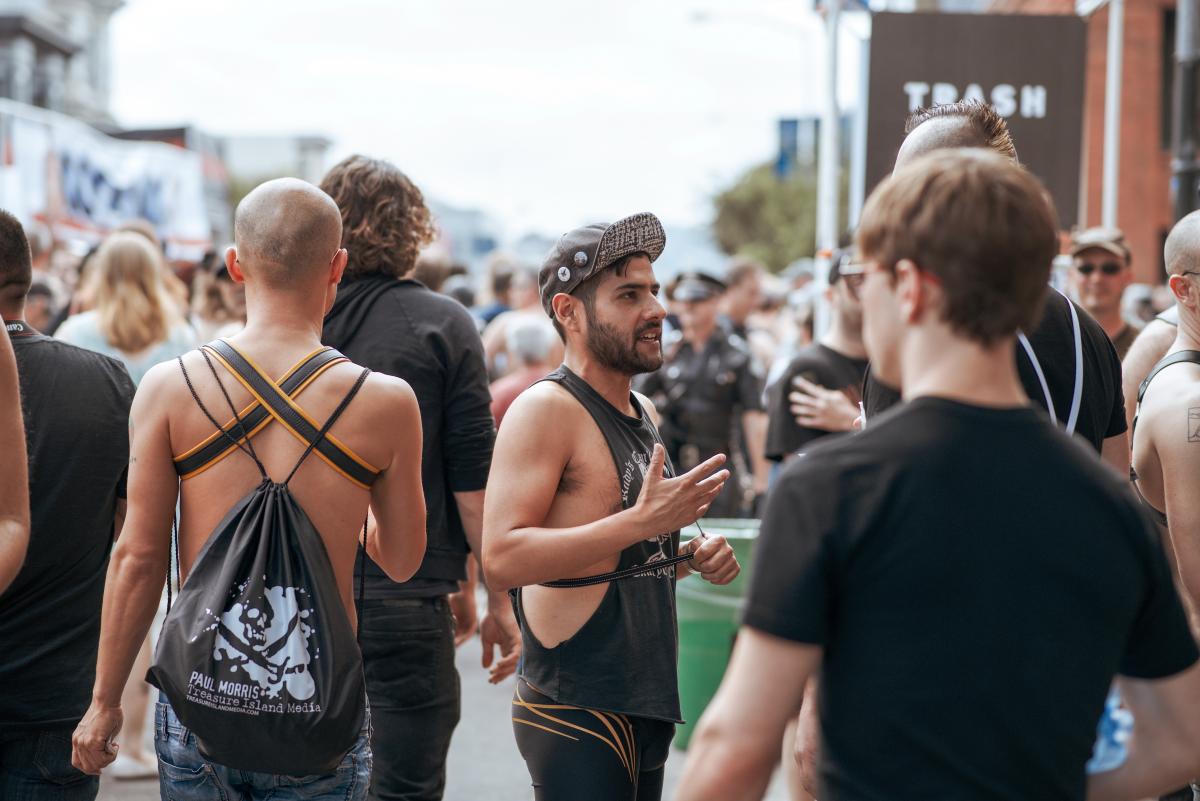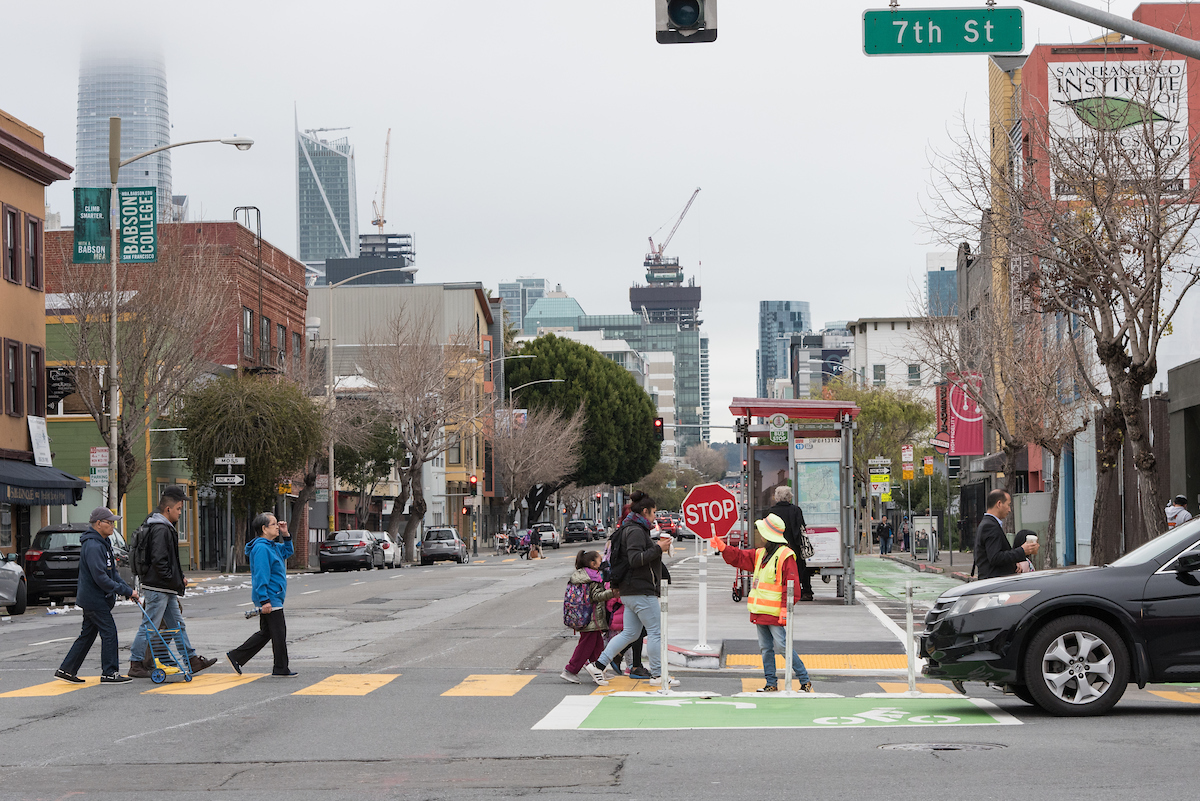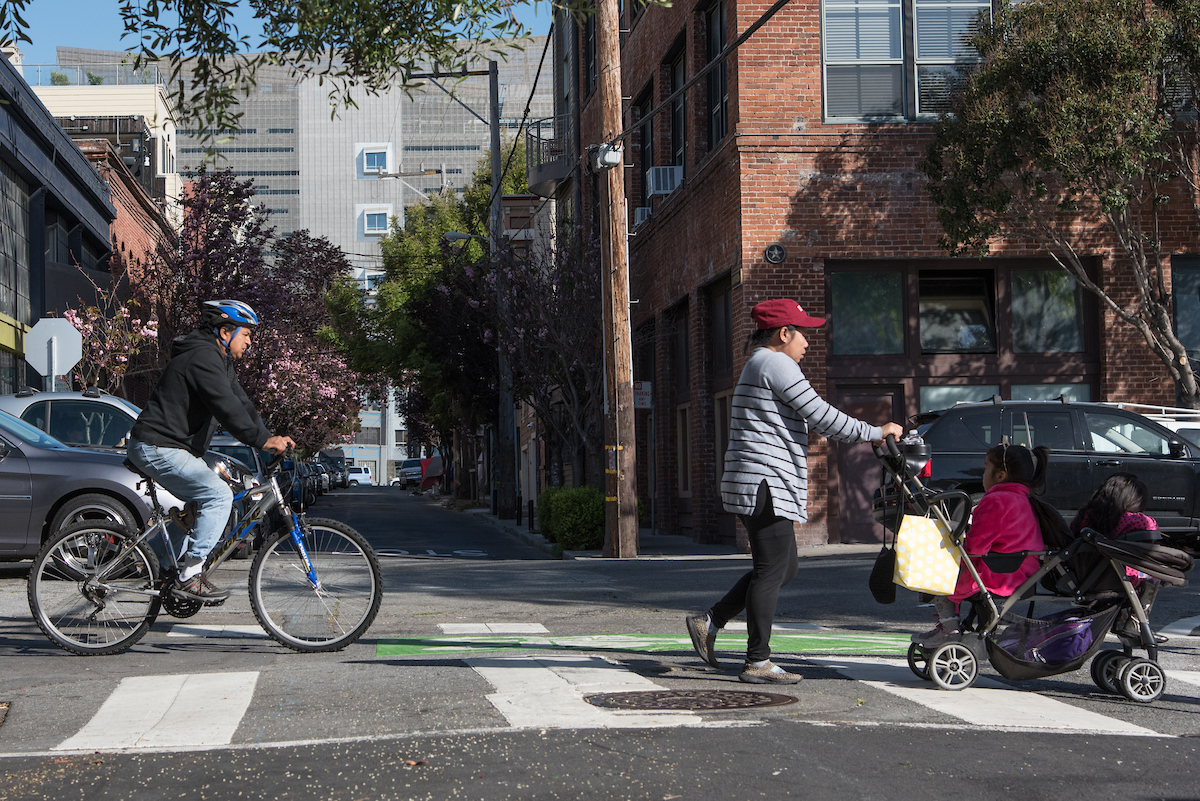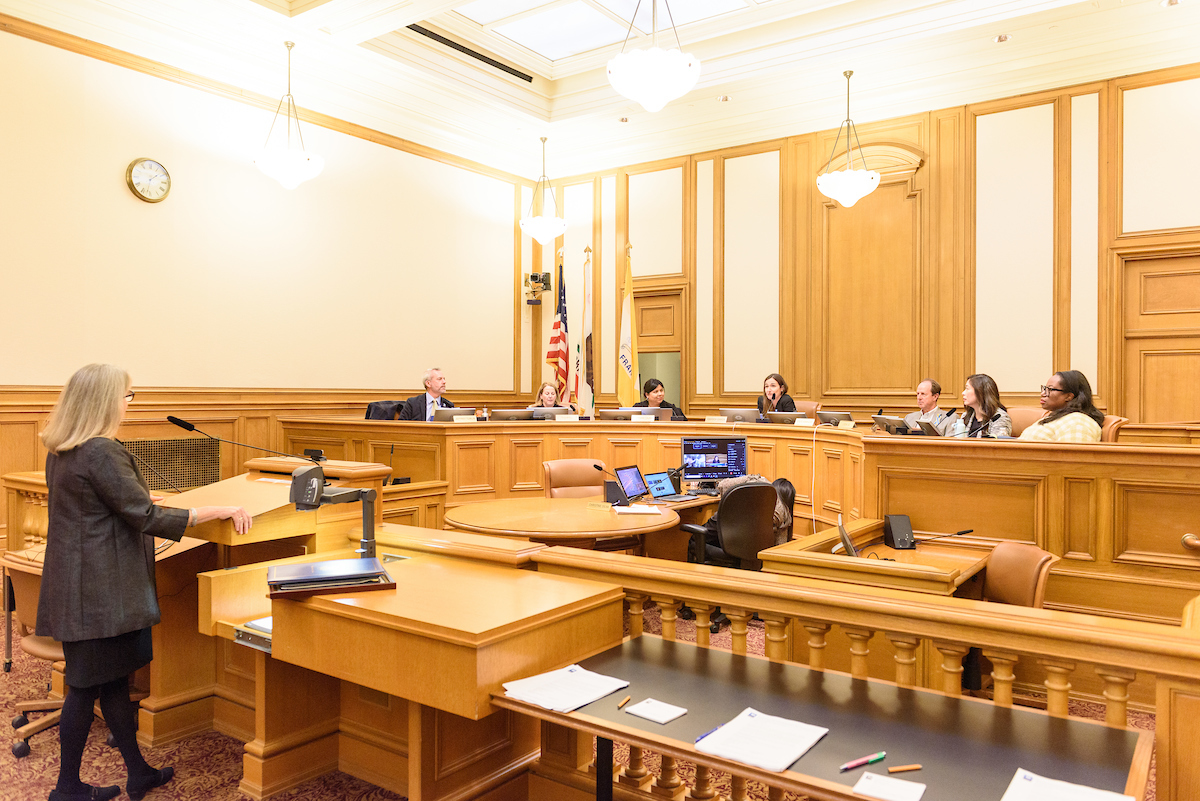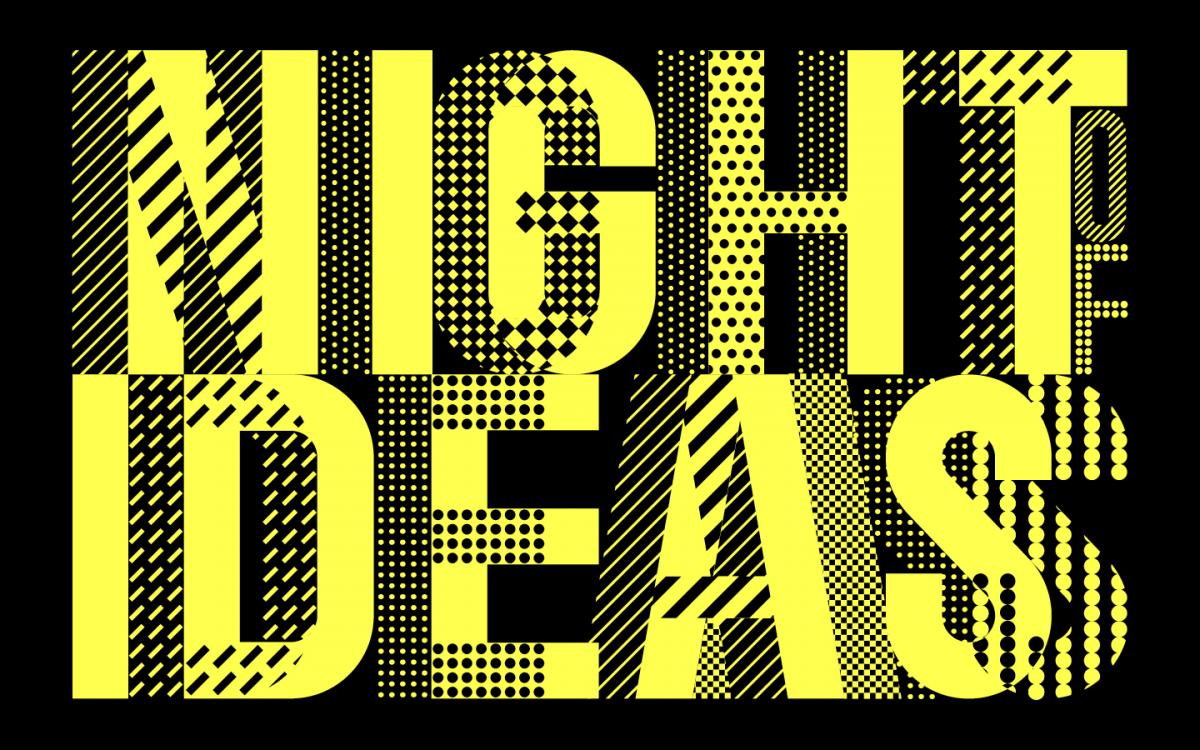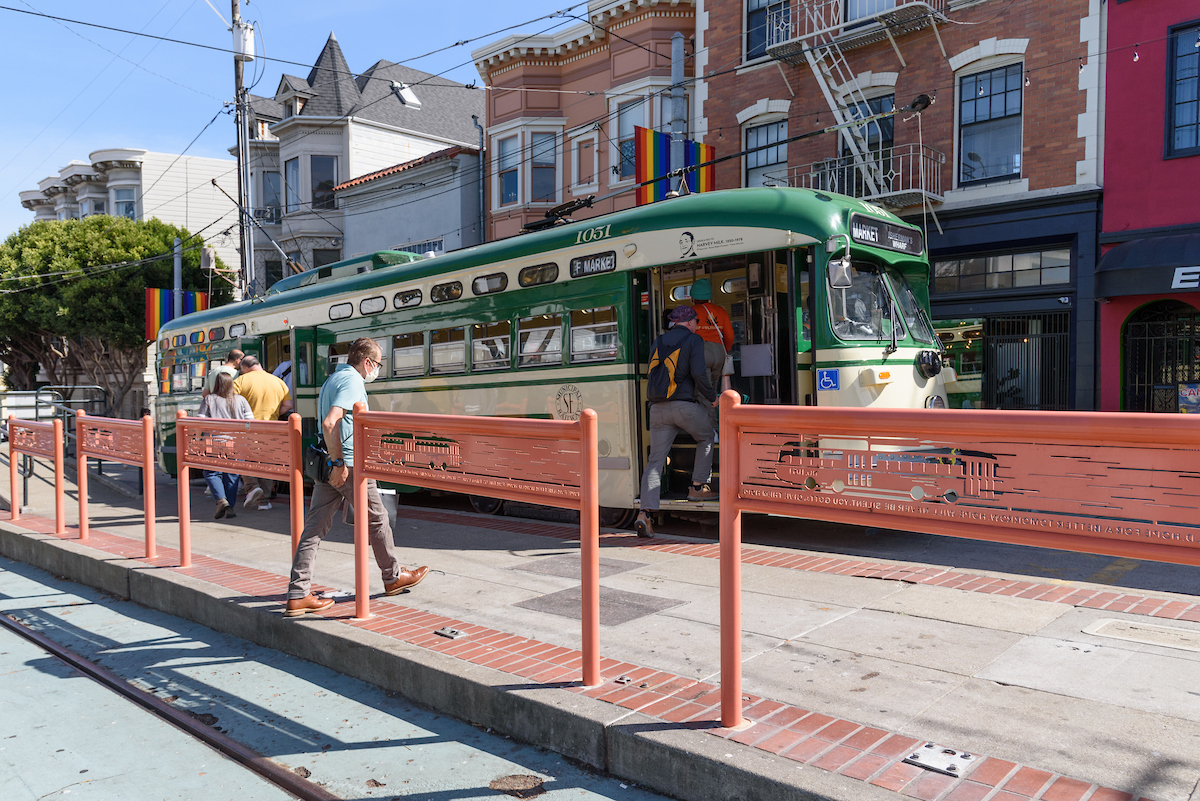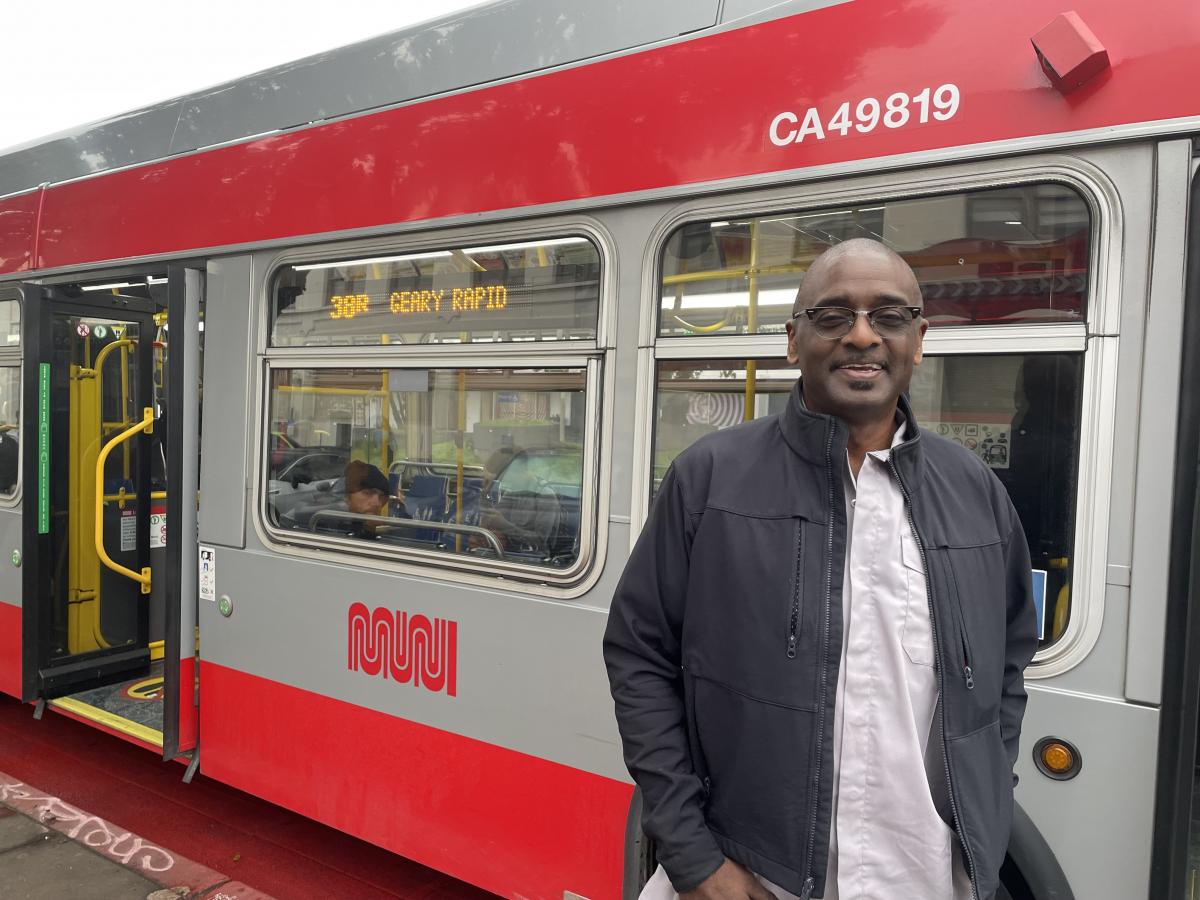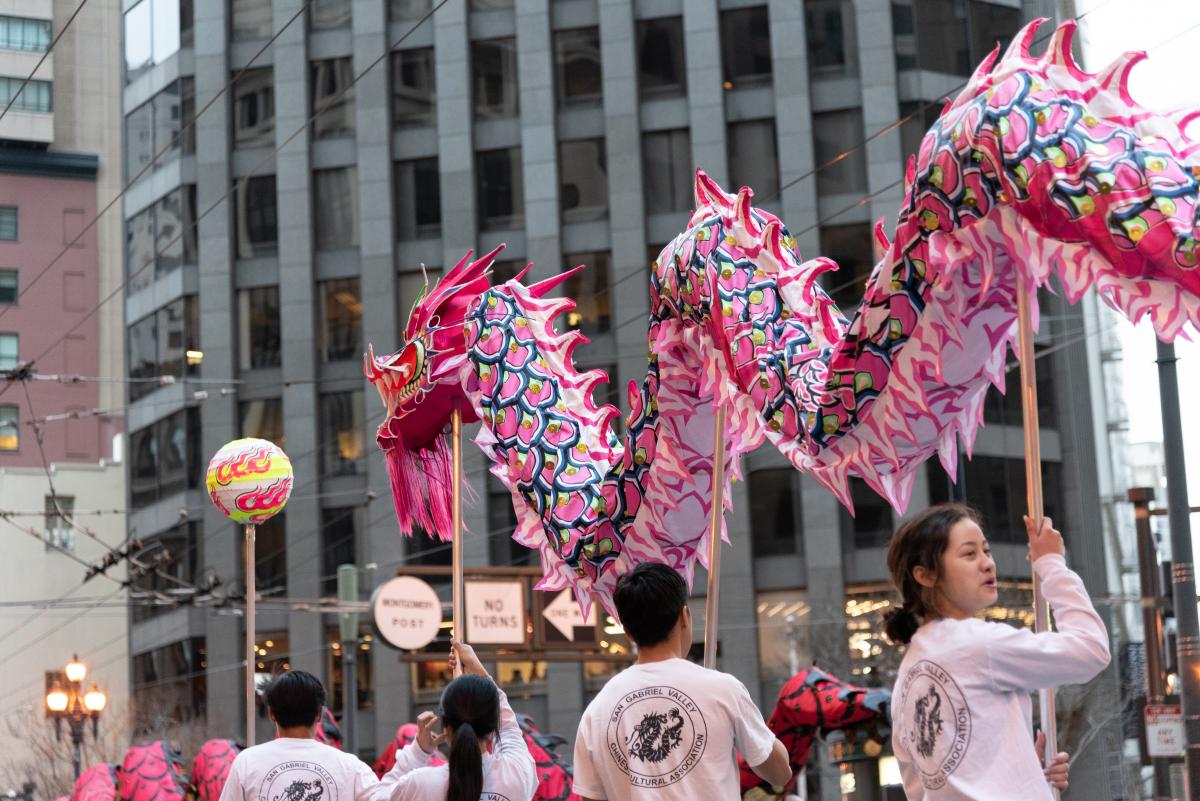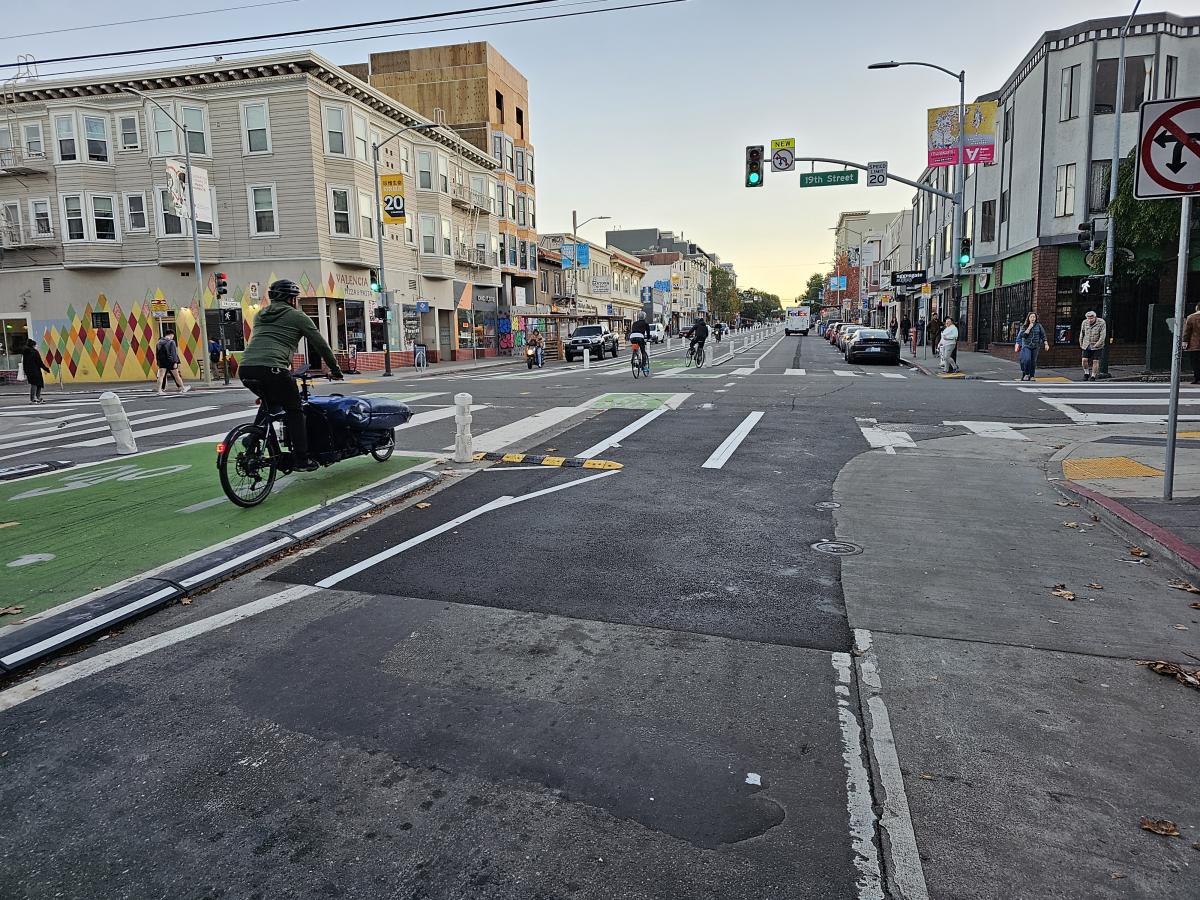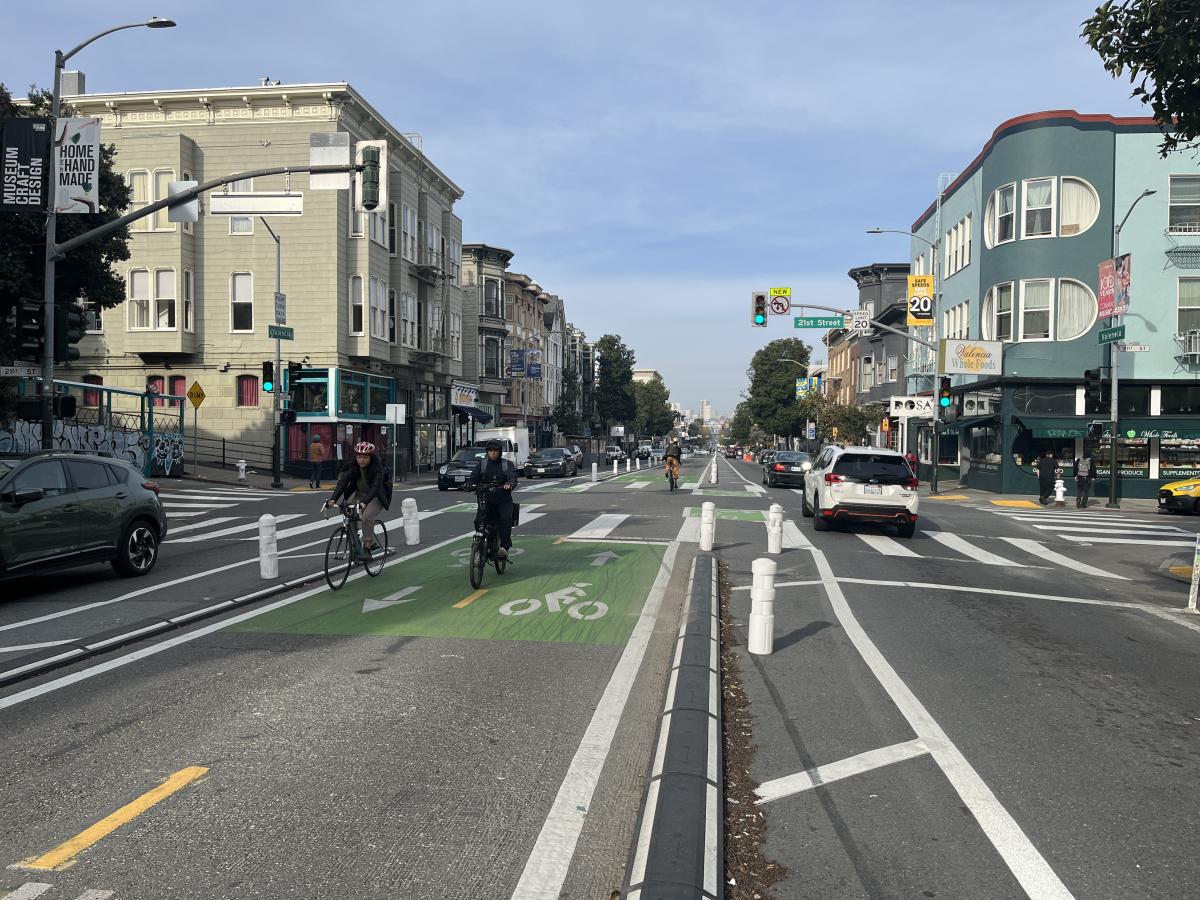Help Us Beautify Geary – and Learn the Latest on the Corridor’s Transit and Safety Upgrades
By David Sindel
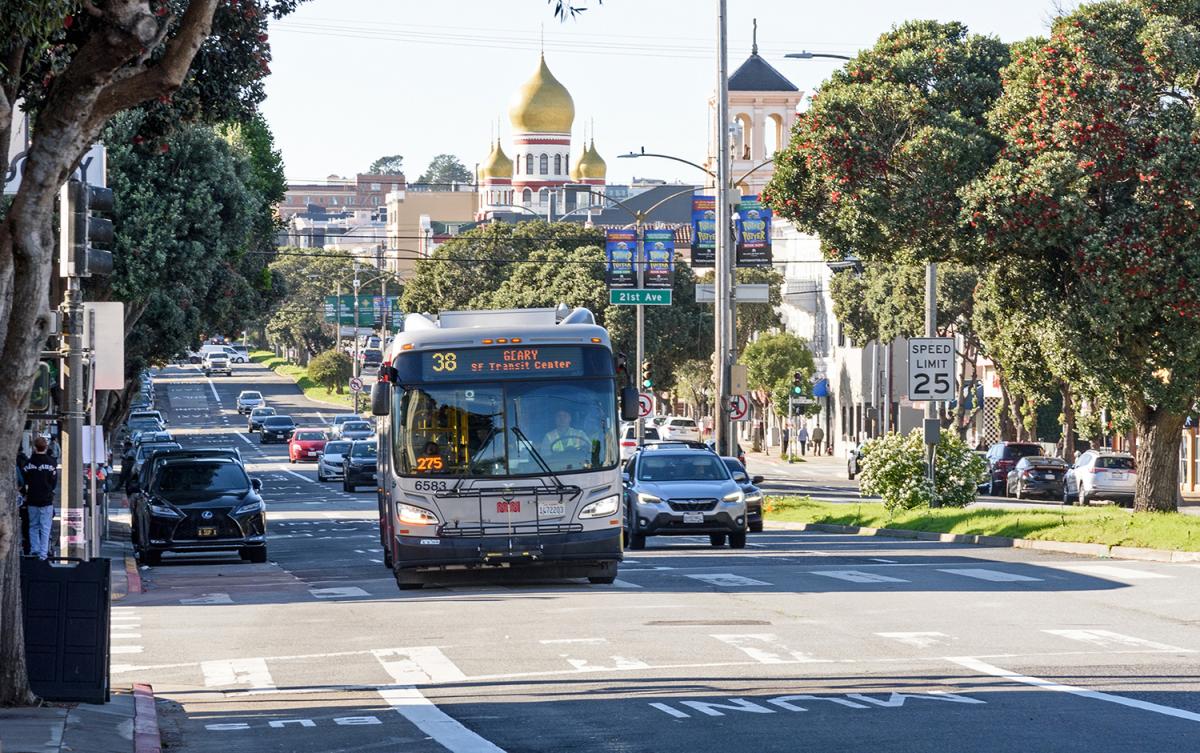 A 38 Geary bus beats traffic in the new transit lanes installed last fall.
A 38 Geary bus beats traffic in the new transit lanes installed last fall.
The Geary Boulevard Improvement Project aims to address bus delays and traffic concerns on a high-injury corridor. Community feedback played a major role in the transit and safety improvements we’re bringing to Geary.
As we share the latest on these upgrades, we invite you to weigh in on a new topic: beautification.
Join us Wednesday, April 17 for an open house about community enhancement for the Geary Boulevard Improvement Project.
Date/time: Wednesday, April 17, 2024 from 5 - 7 p.m.
Location: Presidio Middle School Library – 450 30th Avenue, 2nd floor
Selecting the best option to beautify Geary
At the open house, drop in to learn more about seven options to beautify Geary Boulevard. They include:
-
Sidewalk pavers
-
Etched/stamped sidewalk concrete
-
Decorative sidewalk concrete with glass aggregate
-
Street trees
-
Leaning rails at bus stops
-
Large district marker
-
Small neighborhood identity markers
You can see examples and more information on our Geary Boulevard Improvement Project Community Enhancement webpage.
Some of these options provide the opportunity to highlight the Richmond District’s rich history and/or culture. Others contribute to neighborhood identity or place-making. For example, decorative sidewalk designs at bus stops could highlight local culture. Or, a large district marker could pay homage to the surrounding architectural styles. New street trees could spruce up the boulevard. Sidewalk pavers could add to its character.
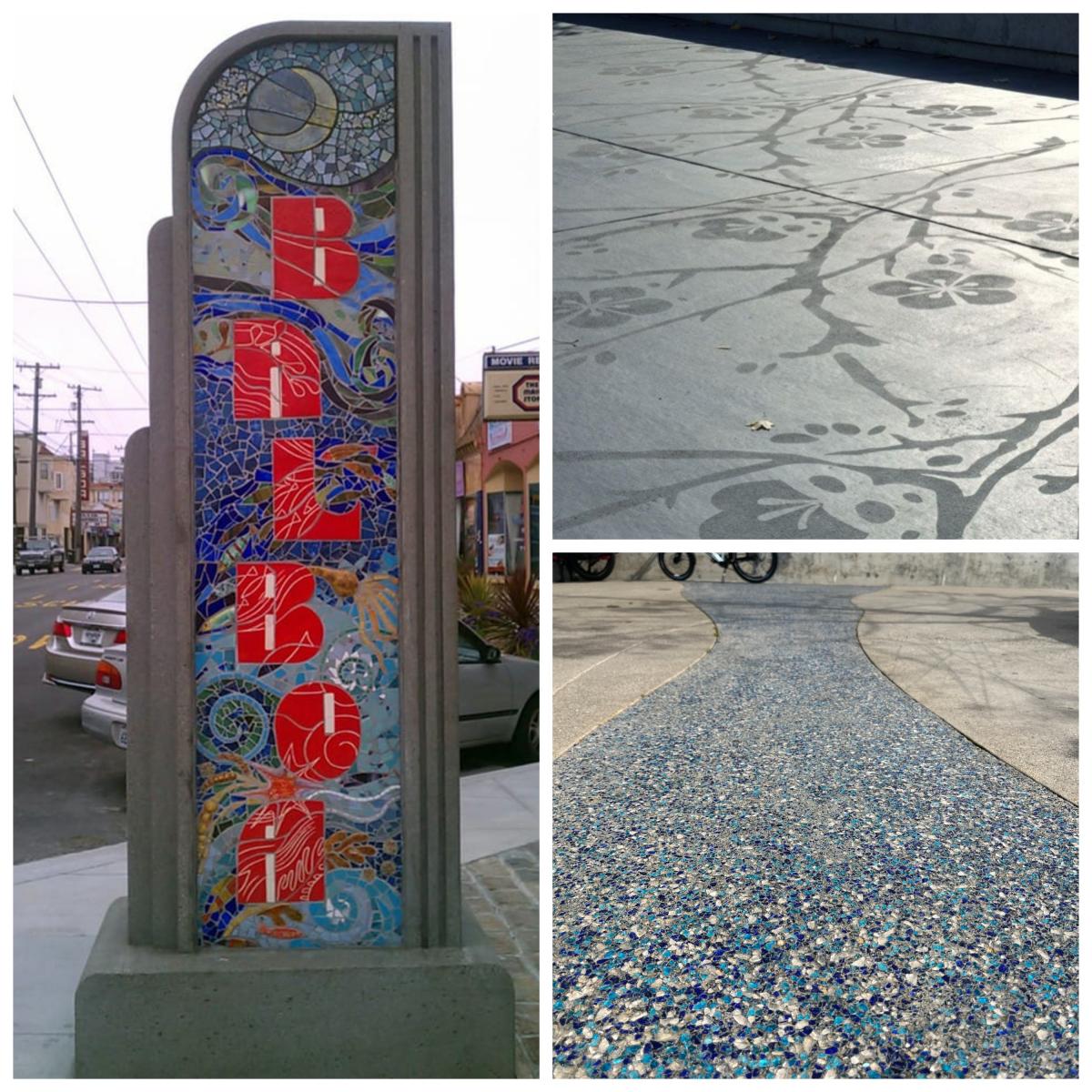
Photo on left shows an example of a district marker; upper right shows etched concrete; lower right a concrete and glass treatment.
Welcoming feedback online or in person
You can take the Geary Boulevard Improvement Project Community Enhancement Survey now.
You can also attend the open house on April 17 to learn more, chat with staff and submit your survey in person. We look forward to your feedback!
We will have a second round of outreach later this year. At that time, we’ll share the favorite treatment(s) and ask for feedback on the details of the design. Crews will install the selected treatment during the construction phase of the project. This stage includes other planned utility, transit, safety and pavement improvements.
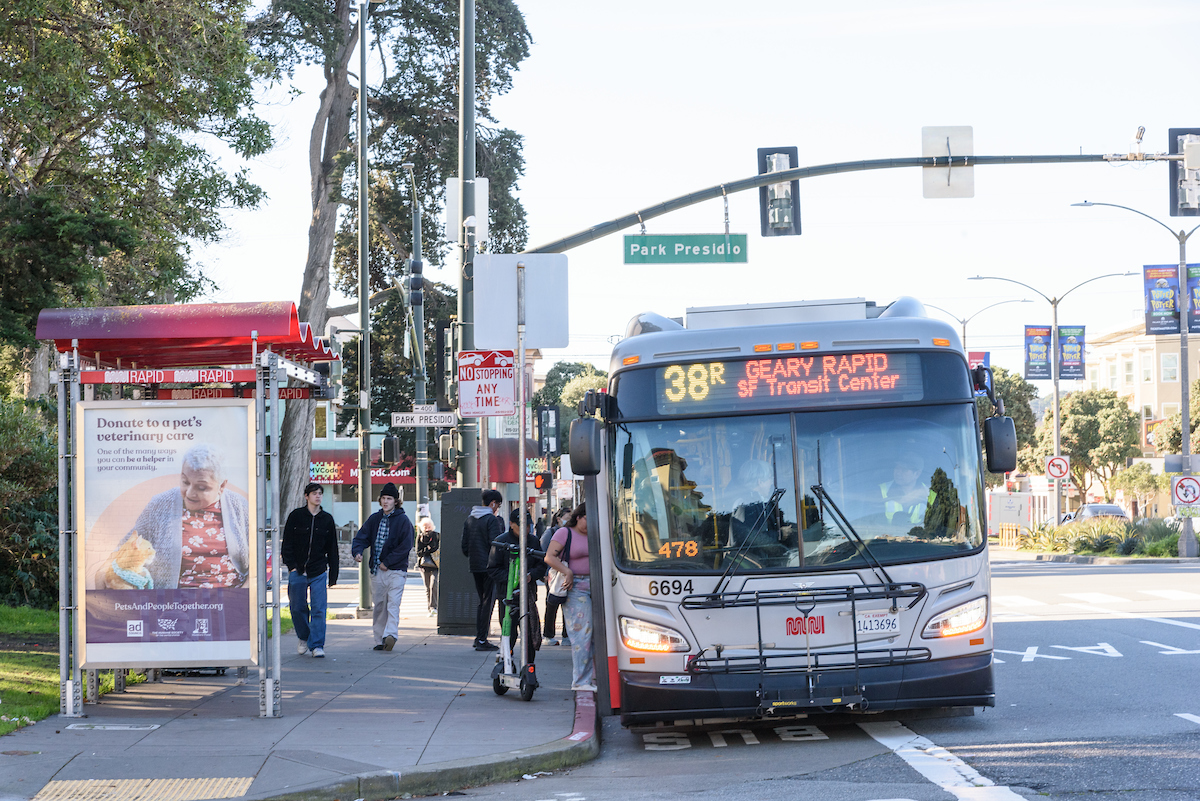
People board at a Geary 38 stop that was relocated to help improve travel times.
Improving bus travel times with Quick-Build work
As we welcome new ideas for beautification, we’re proud to share an early win for the corridor.
We recently completed implementation of the “Quick-Build” phase, which included new transit lanes between 15th and 28th avenues. It also included bus stop changes to improve reliability of Muni’s 38 Geary line and safety treatments. Preliminary results already show improved bus travel times for over 40,000 daily riders. Muni operators say the changes are helping. We plan to publish a full evaluation report later this year.
Finding creative ways to support businesses
We also devoted project funding to support local businesses. Our goal: find creative ways to attract customers to the corridor.
To make this happen, we're convening a Geary Small Business Working Group. Our project team is working to execute the group's priorities:
-
Wrap Geary Boulevard tree trunks with decorative lighting
-
Create an ad campaign on Muni buses to promote the Central Richmond

Preparing for the next steps: utility upgrades, then transit and safety work
Starting in early 2025, SFPUC will begin upgrading the sewer and water lines along Geary. For more information, you can visit the SFPUC’s Geary Boulevard Sewer and Water Improvements project webpage.
Additional transit and safety improvements will begin in 2026. During this stage, we will install the selected community enhancement.
This construction phase will also include:
-
Bulb-outs to expand passenger waiting areas
-
Pedestrian bulb-outs and median refuges to make crossing Geary Boulevard safer
-
Upgrades of aging traffic signals
After the entire project corridor is freshly repaved, crews will also paint transit lanes red.
You can learn more about the project and subscribe for updates by visiting the Geary Boulevard Improvement Project page (SFMTA.com/Geary).
Published April 16, 2024 at 12:37AM
https://ift.tt/ZdzSGpV
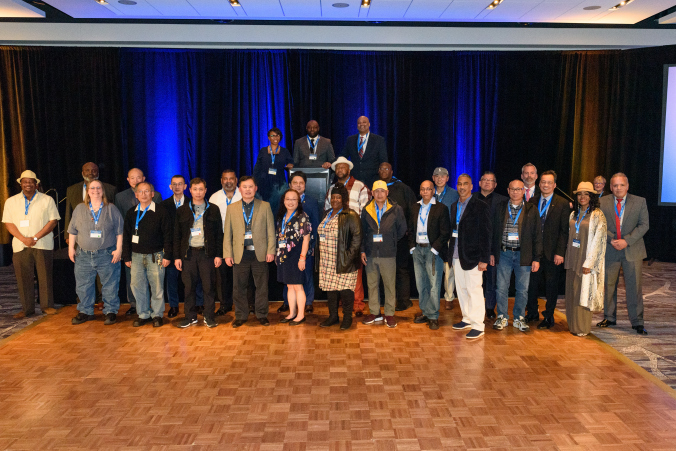
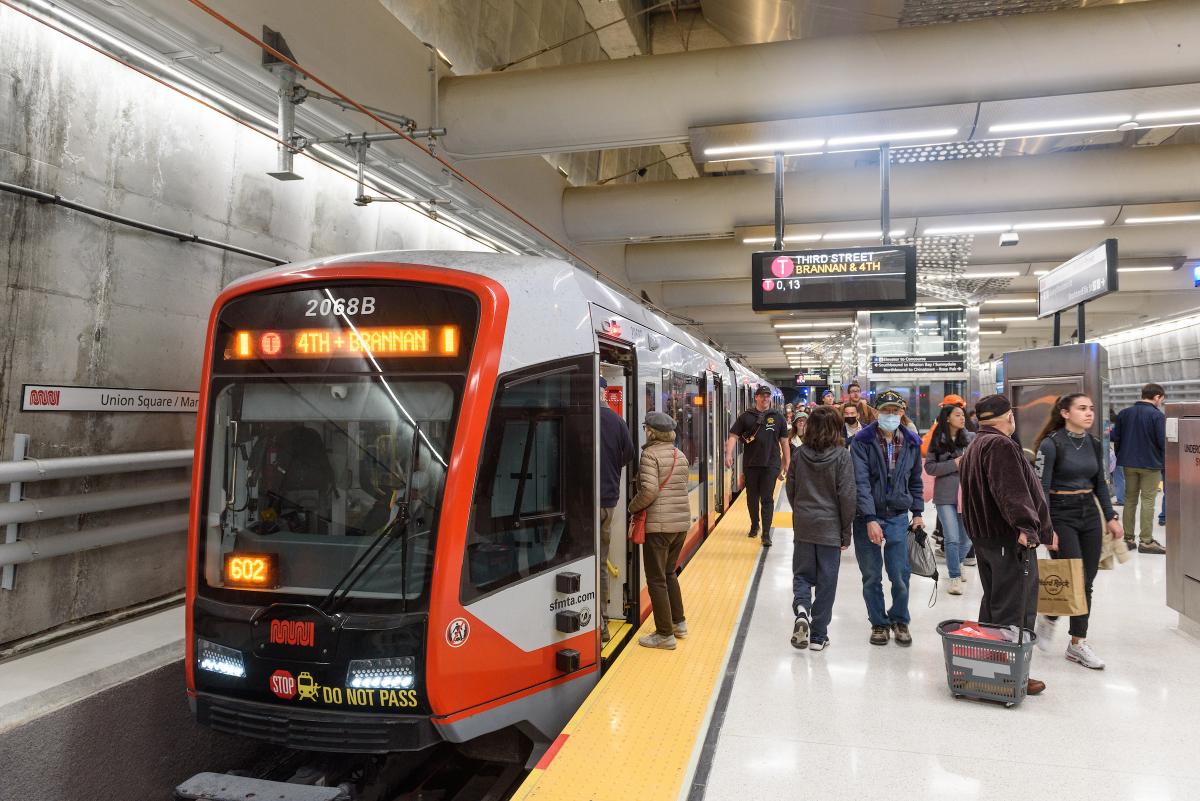
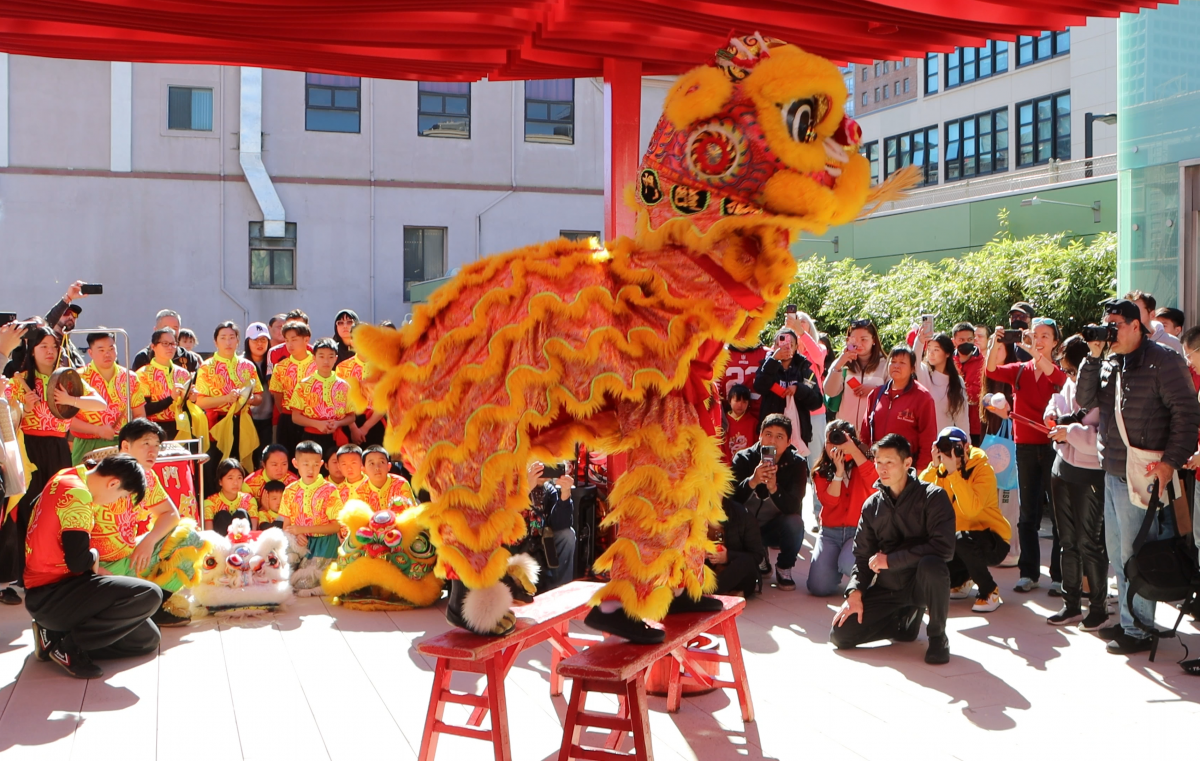 Chinatown residents and visitors celebrated the first day of the 2024 Lunar New Year with a lion dance at the Chinatown-Rose Pak Station Upper Plaza.
Chinatown residents and visitors celebrated the first day of the 2024 Lunar New Year with a lion dance at the Chinatown-Rose Pak Station Upper Plaza. 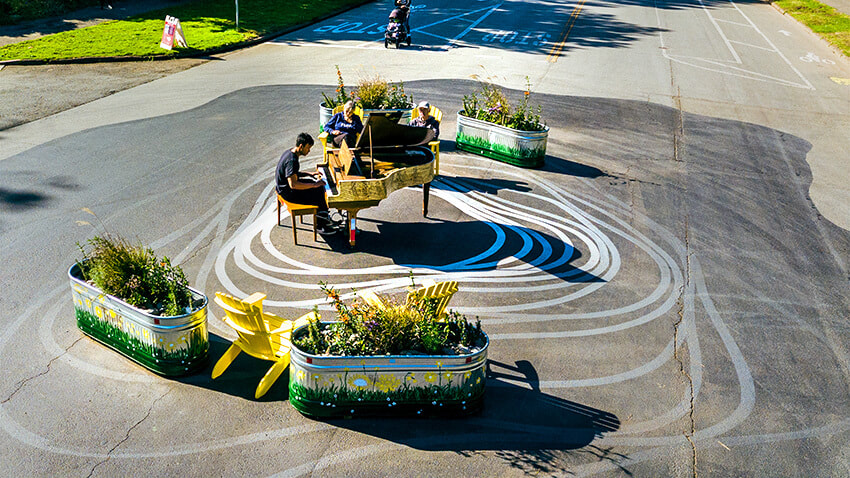

 Survey takers will always wear a blue vest and badge.
Survey takers will always wear a blue vest and badge.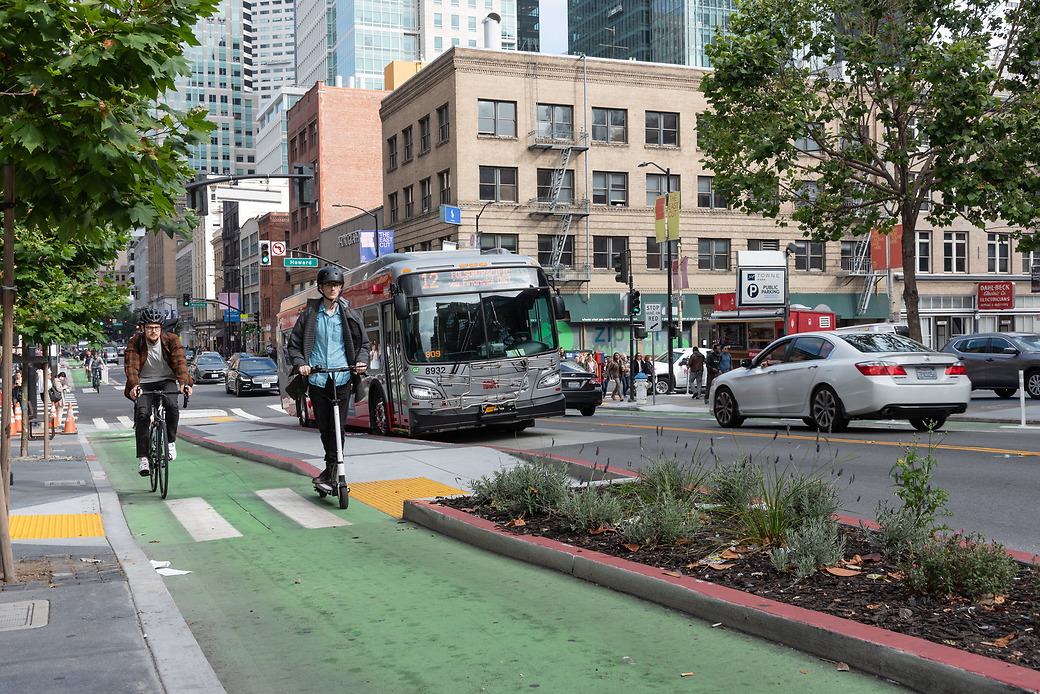
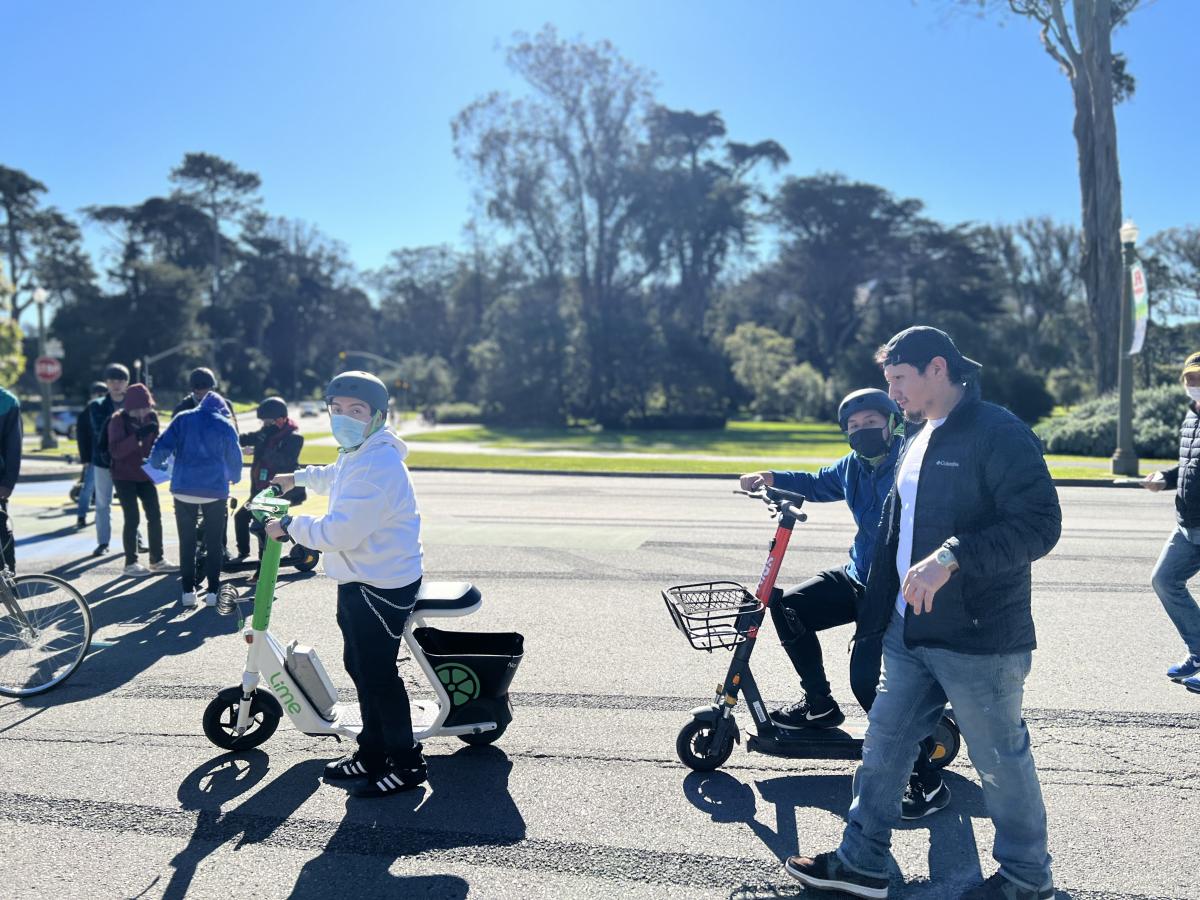
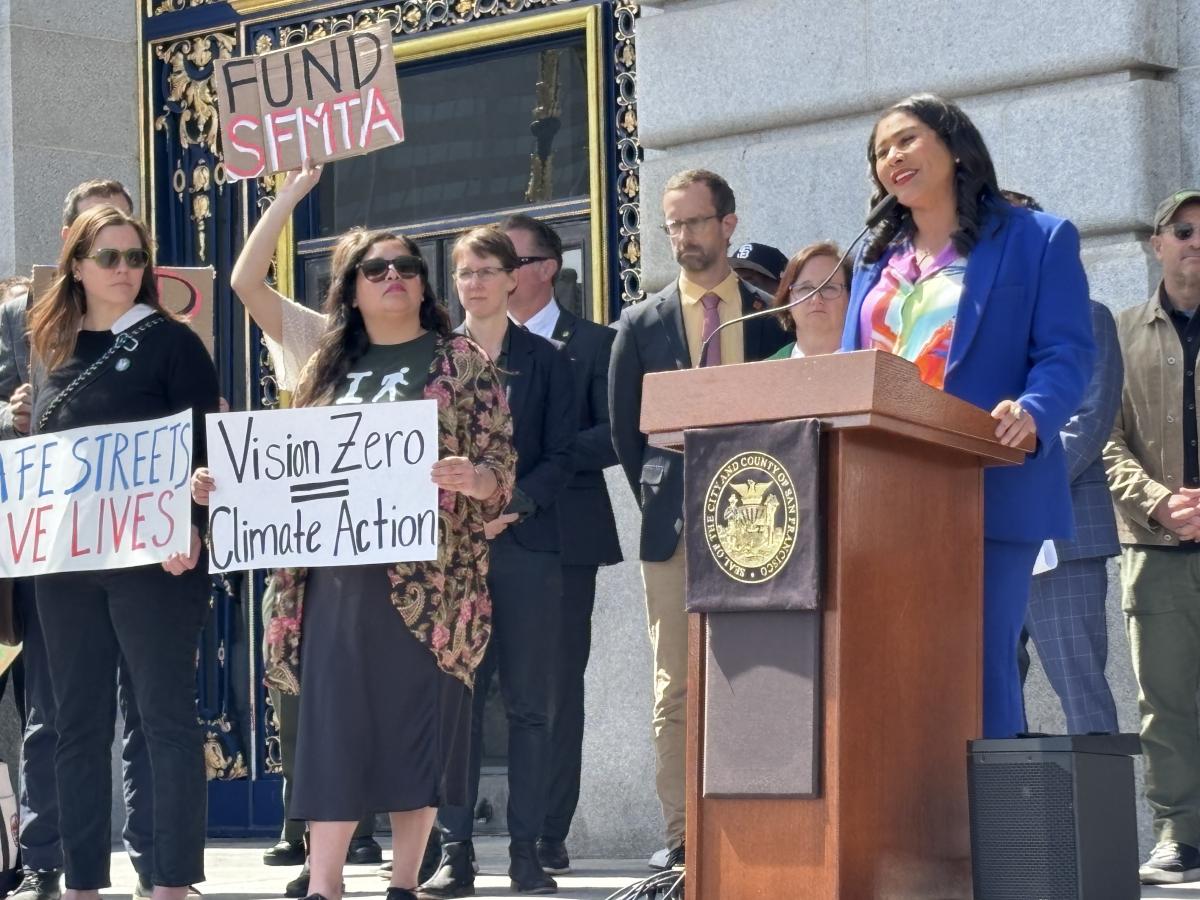
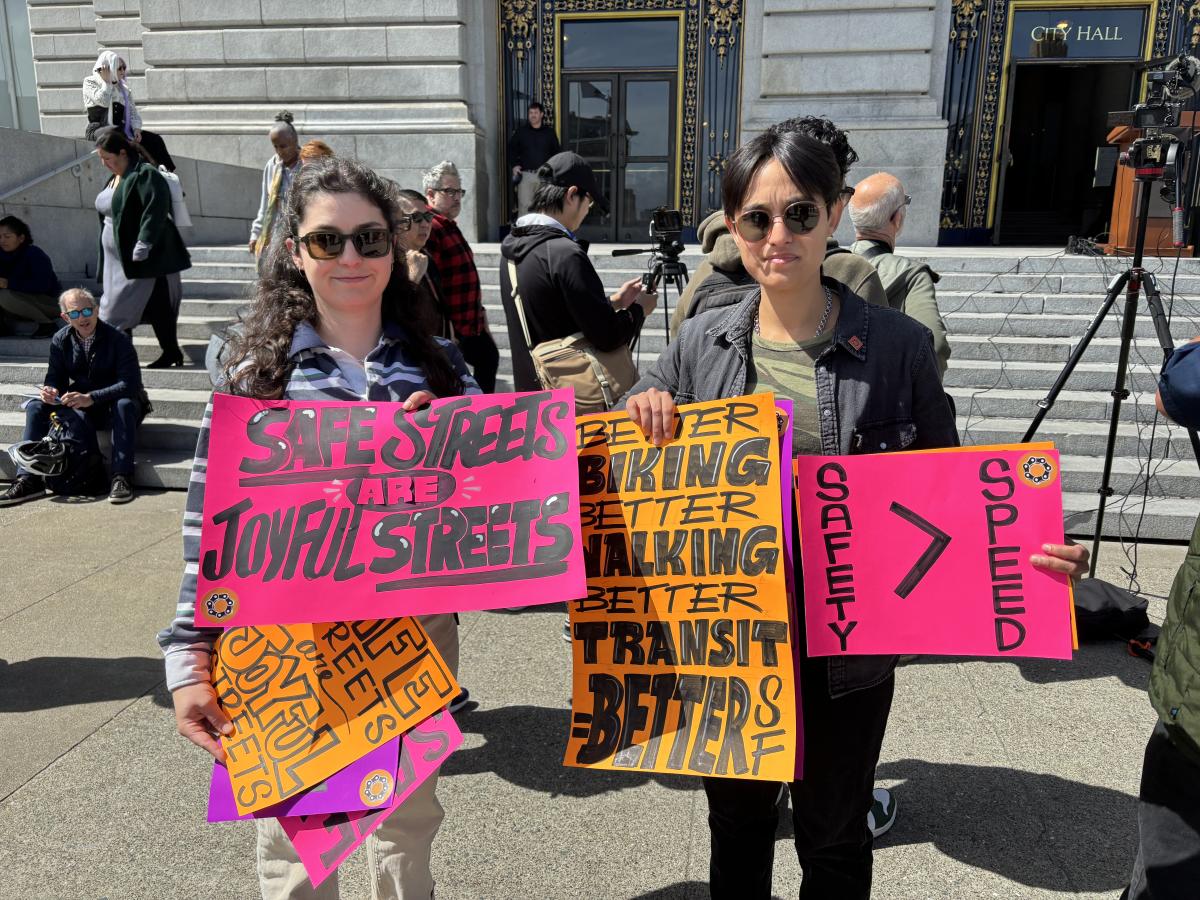
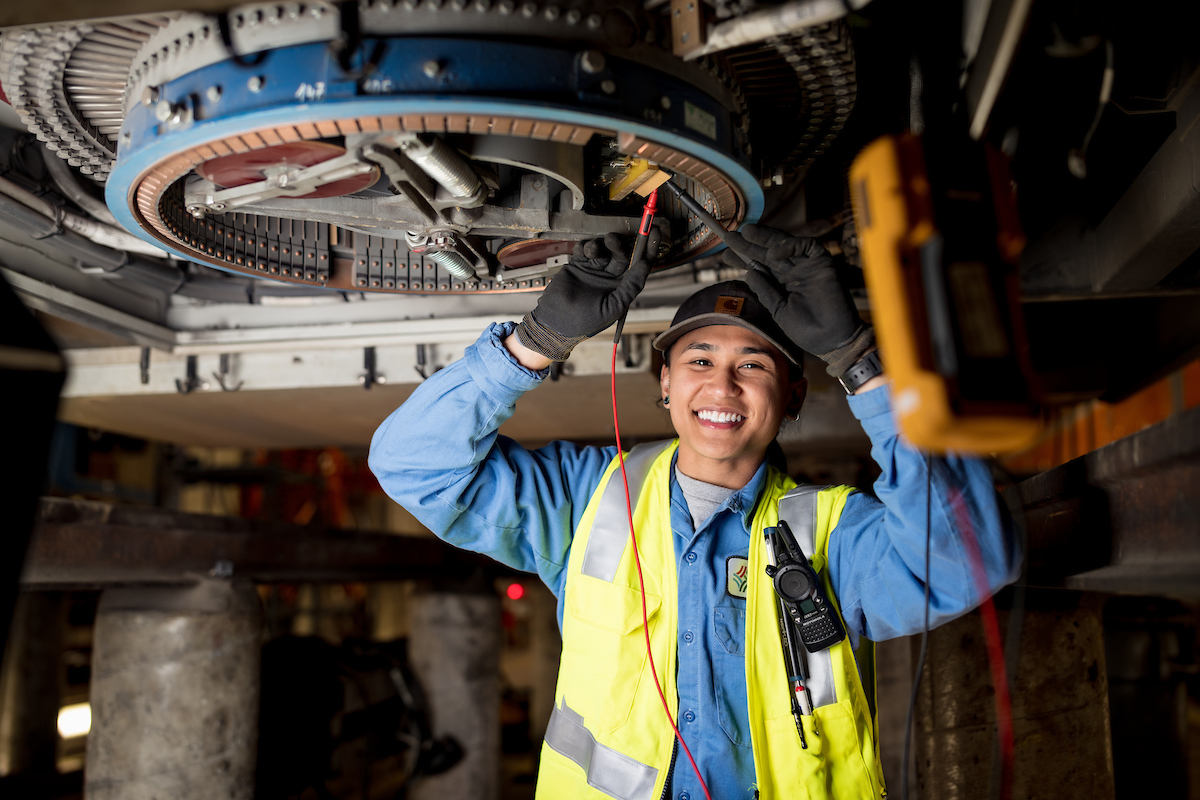
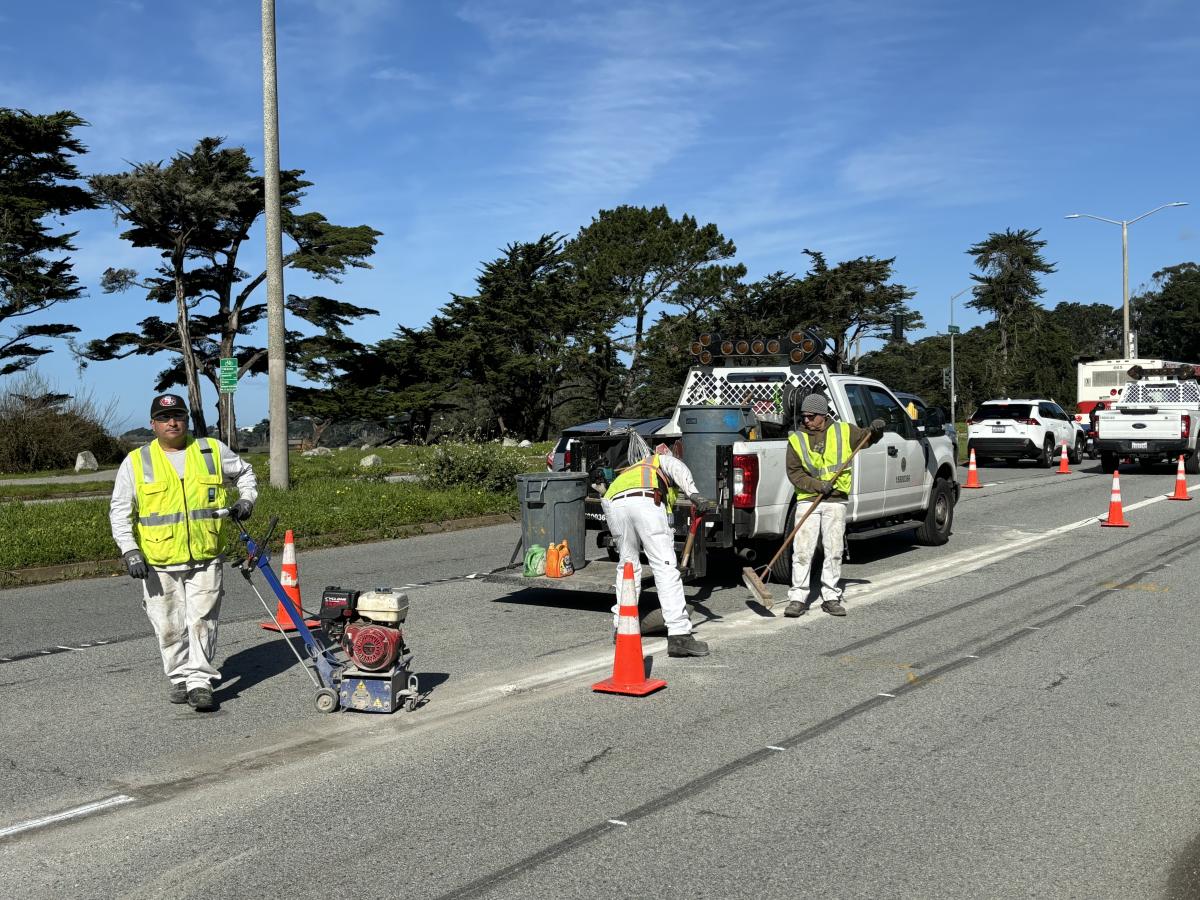
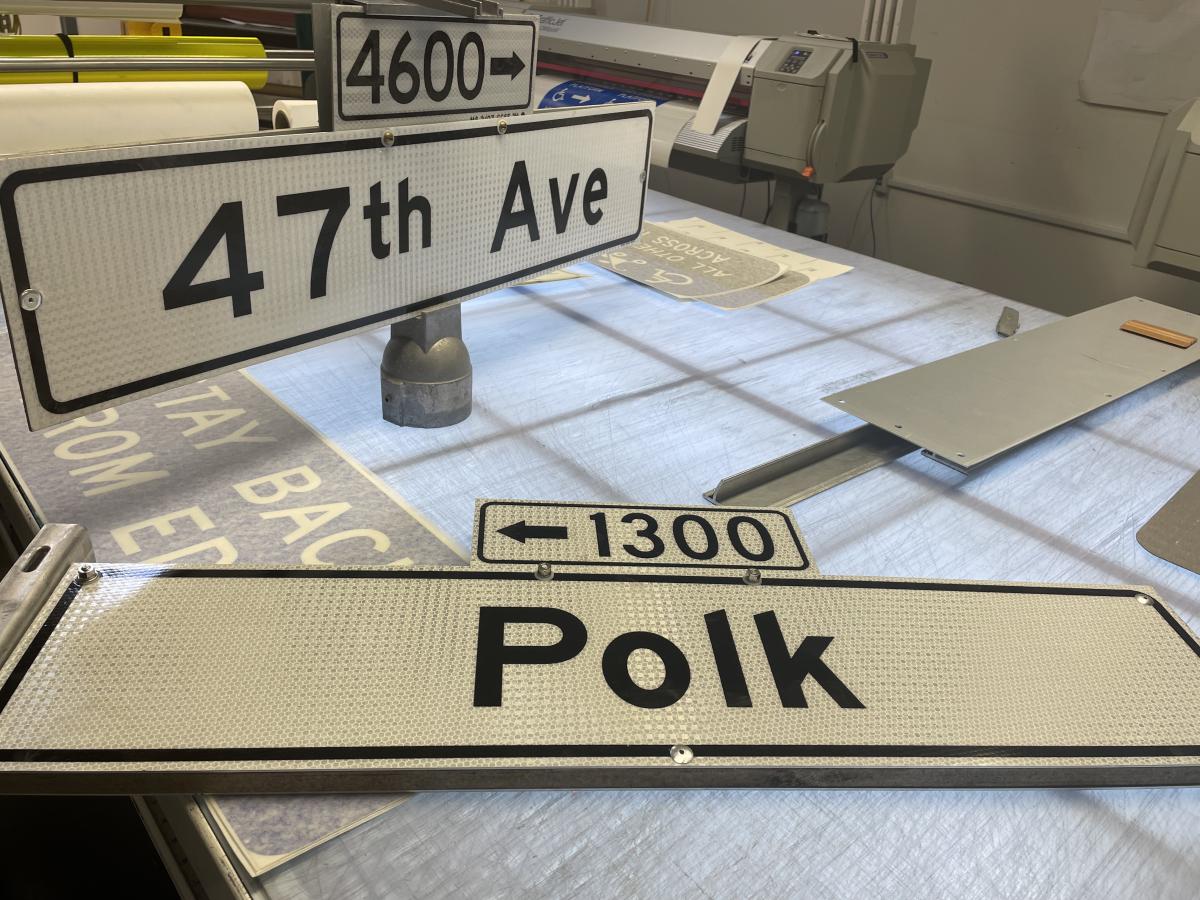 Two freshly created street signs at the Traffic Sign Shop.
Two freshly created street signs at the Traffic Sign Shop. Parking meters from eras gone by serve as a visual history of San Francisco street management.
Parking meters from eras gone by serve as a visual history of San Francisco street management.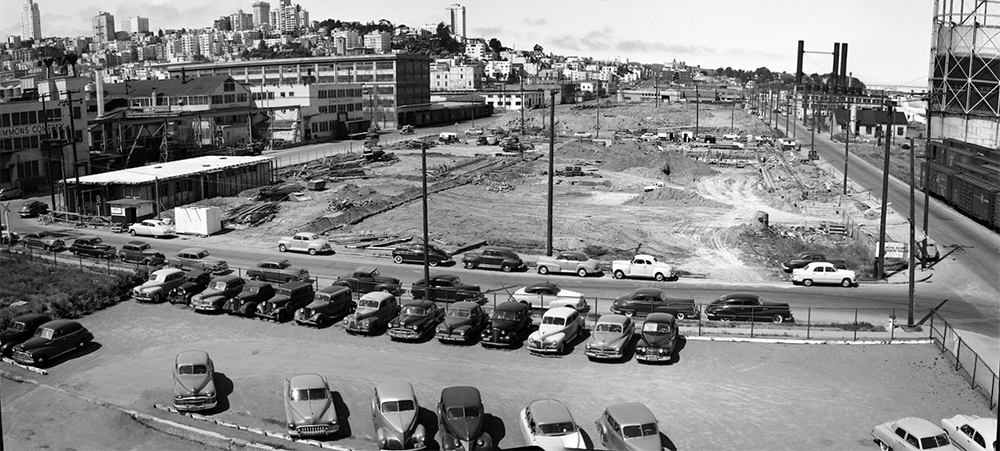
 These two panoramic photos show Kirkland Division during and after construction. Top photo taken July 20, 1950, bottom September 14, 1950.
These two panoramic photos show Kirkland Division during and after construction. Top photo taken July 20, 1950, bottom September 14, 1950. 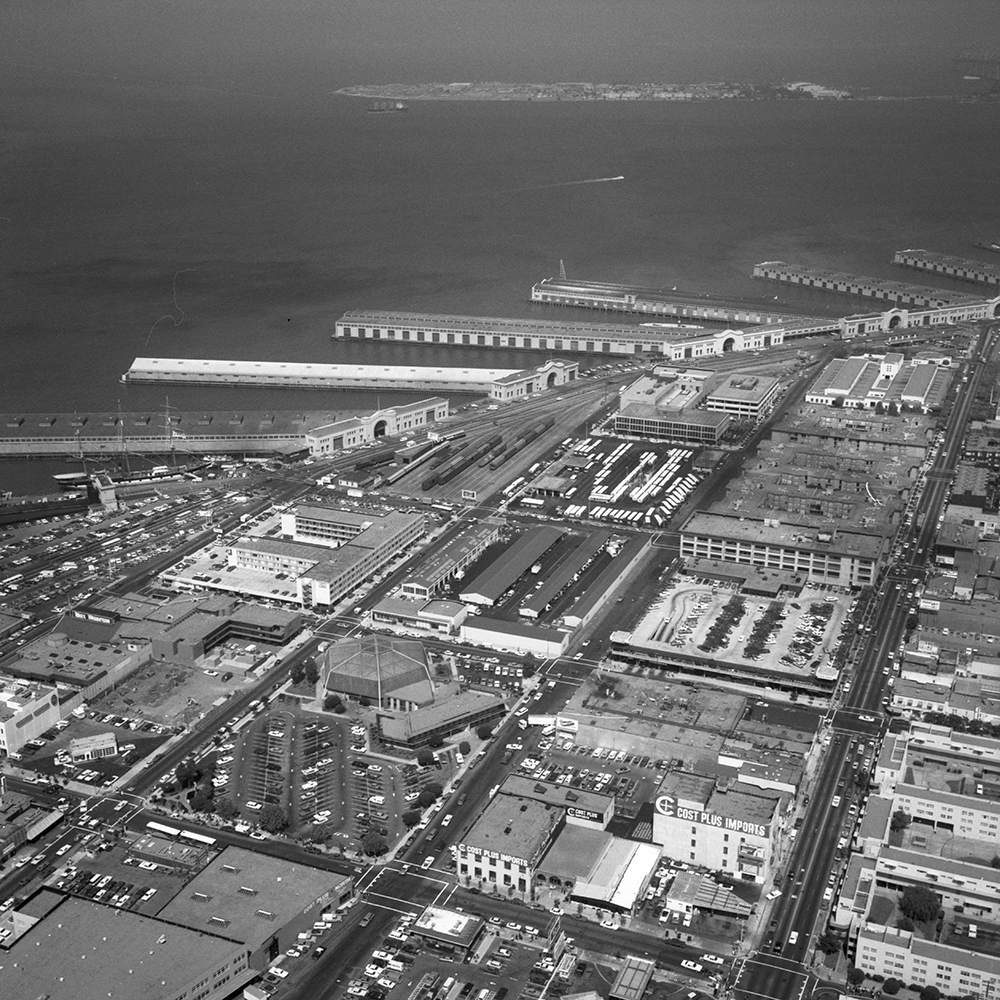 An aerial view from 1972 shows Kirkland in the upper center of the photo. Industrial uses in the area have begun to give way to residential and tourist areas.
An aerial view from 1972 shows Kirkland in the upper center of the photo. Industrial uses in the area have begun to give way to residential and tourist areas.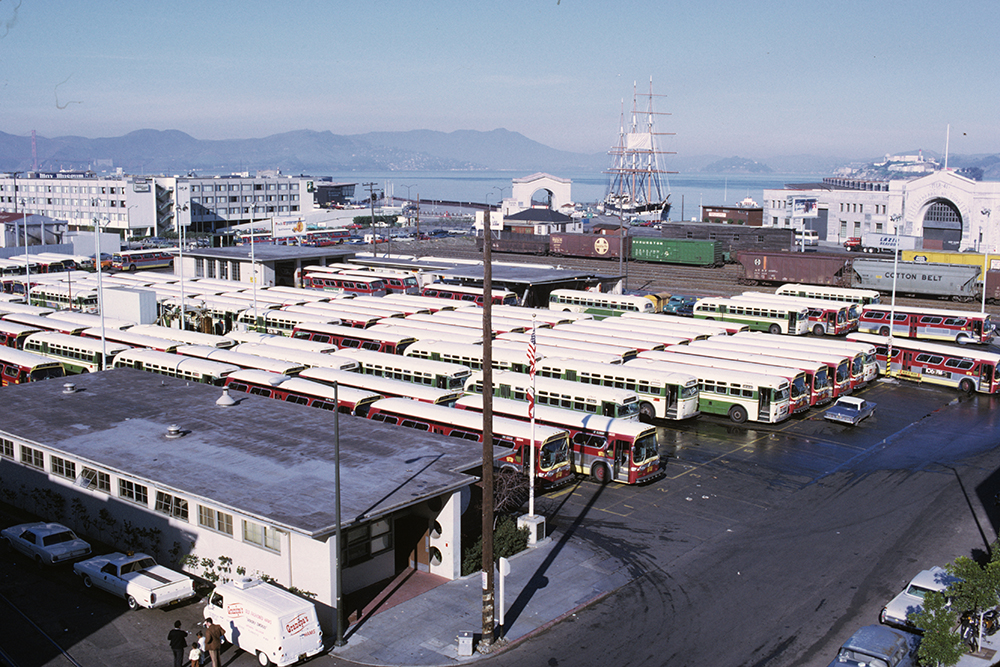 This color photo from 1971 shows a yard full of old and new Muni buses. To the north lies the remnants of a once massive freight rail yard.
This color photo from 1971 shows a yard full of old and new Muni buses. To the north lies the remnants of a once massive freight rail yard.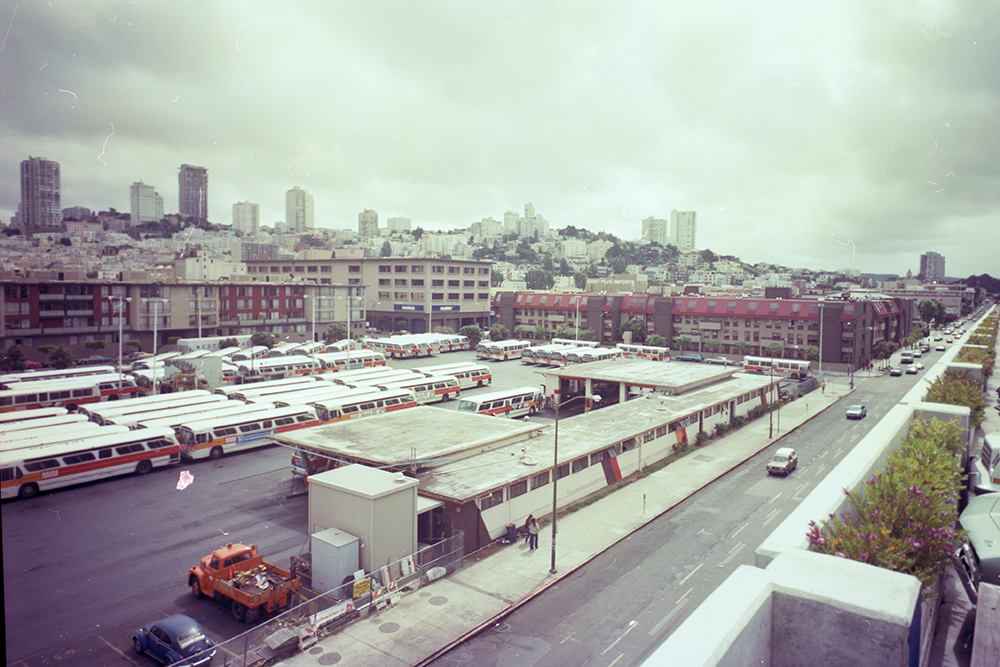 By the time this 1980 photo was taken, the rail yard north of Kirkland was replaced by a parking garage for Pier 39 attractions.
By the time this 1980 photo was taken, the rail yard north of Kirkland was replaced by a parking garage for Pier 39 attractions.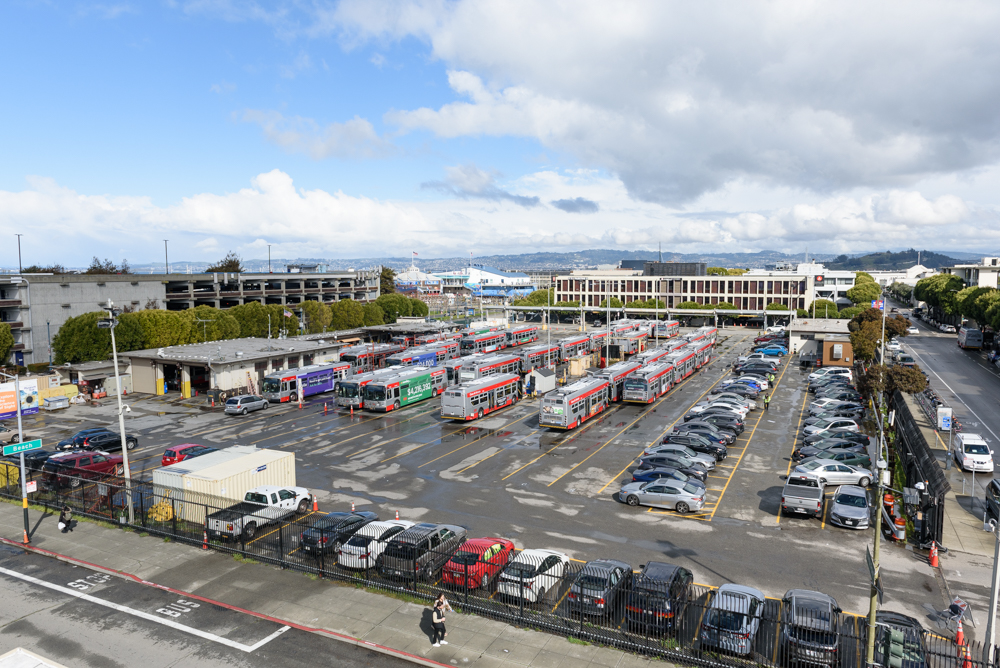 This 2023 view shows a much-changed neighborhood but a relatively unchanged Kirkland Yard.
This 2023 view shows a much-changed neighborhood but a relatively unchanged Kirkland Yard.
